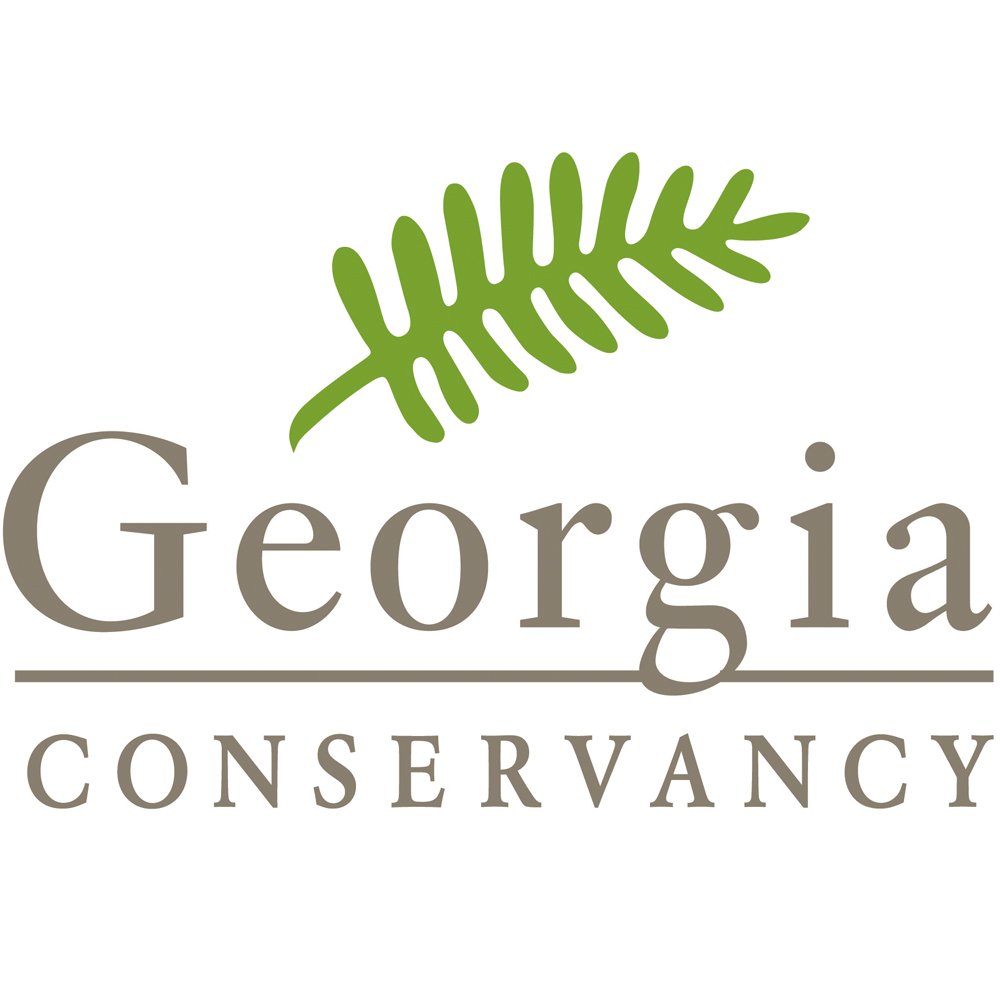Photos by Julian Buckmaster
The Cumberland Island Trails Restoration Project
After 8 months of hard work in paradise, Cumberland Island Trail Restoration Fellow Laura Buckmaster has returned to the mainland. Her work on Cumberland Island National Seashore was generously supported through REI's Every Trail Connects campaign and made possible by everyone who took the time to vote last summer for Cumberland Island! Thank you!
Currently, Joey Gaston serves as the Georgia Conservancy's 2018 Cumberland Island Trail Restoration Fellow. As of March 2018, Joey has led 69 volunteers for a total of 1237 volunteer hours.
Your support paid off:
All 50 miles of Cumberland Island National Seashore's trails have been restored, marked with appropriate signage and GPS mapped
Work was performed by 33 separate service groups
A total of 450 volunteers provided service on Cumberland
In all, the Georgia Conservancy spent 900 hours leading volunteers.
And, a grand total of 6,300 total volunteer hours were contributed to restoring Cumberland Island's trails
Why Cumberland Island?
When we were provided the opportunity by REI to present a location worthy of consideration for their Every Trail Connects campaign, we didn't hesitate. Cumberland Island National Seashore has been at the forefront of the Georgia Conservancy's advocacy and stewardship efforts since our founding in 1967. From its protection as a National Seashore in 1972, to the designation of its backcountry as Wilderness in the early 1980s, to its annual service weekends, the Georgia Conservancy has been Cumberland's champion.
An increasingly wild island, Cumberland offers hikers and backpackers a unique combination of ecosystems in a way that no other southeastern barrier island of its kind can. Towering dunes, freshwater lakes, maritime forest, salt marsh, deserted beach - Cumberland has it all.
With only 300 visitors allowed on Cumberland Island National Seashore daily, for the hiker that ventures into its backcountry, the Manhattan-sized island can quickly transform into a vast forested expanse seemingly void of human life. The daily limit provides Cumberland Island's backcountry with the space needed to slowly restore itself. But, for the existing trails on the island - trails that have introduced a new generation of Cumberland Island advocates and stewards - the limit means that many had become increasingly overgrown and, therefore, often avoided. The current state of Cumberland's trail system presents potentially confusing and dangerous situations for many hikers.
Our eight month long Cumberland Island Restoration Project led dozens of service groups into Cumberland's backcountry to restore existing trails, allowing for the safe exploration of wilderness by hikers and backpackers.
Goals of the project included:
100% of Cumberland Island National Seashore’s trail system will be open, clear and navigable by October 2016. Check.
If needed, provide intensive and advanced trail engineering / re-routing on Willow Pond, Stafford Beach, Roller Coaster, Terrapin Point and Bunkley Trails. Check.
Production of Cumberland’s first-ever professional wilderness hiking map with trail descriptions, GPS coordinates and trail mileage (Cumberland’s current maps are either non-specific, hand drawn and/or out of date) Check.
Improved interpretive and informative signage at trailheads not located within Cumberland’s wilderness. Check.





